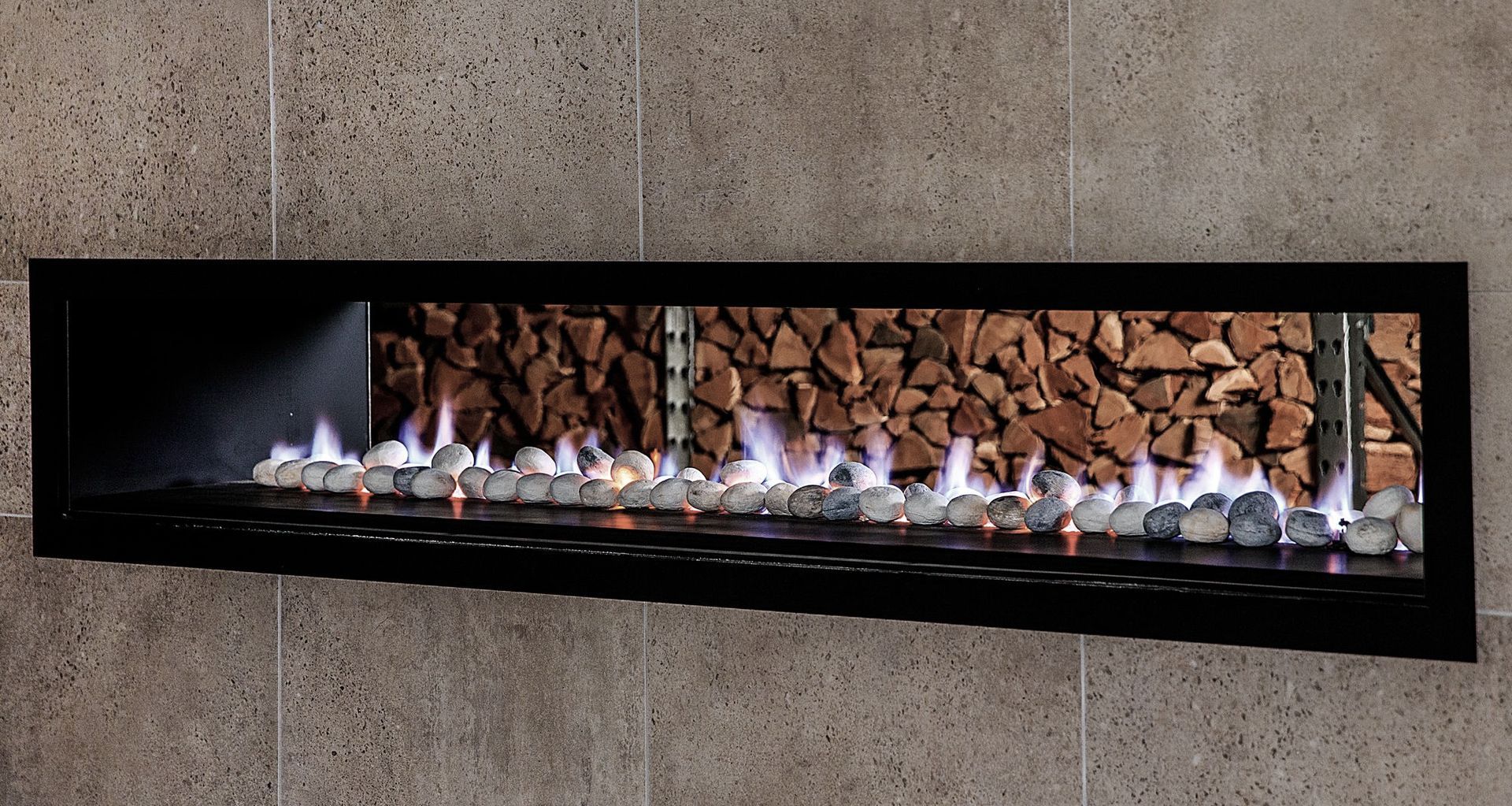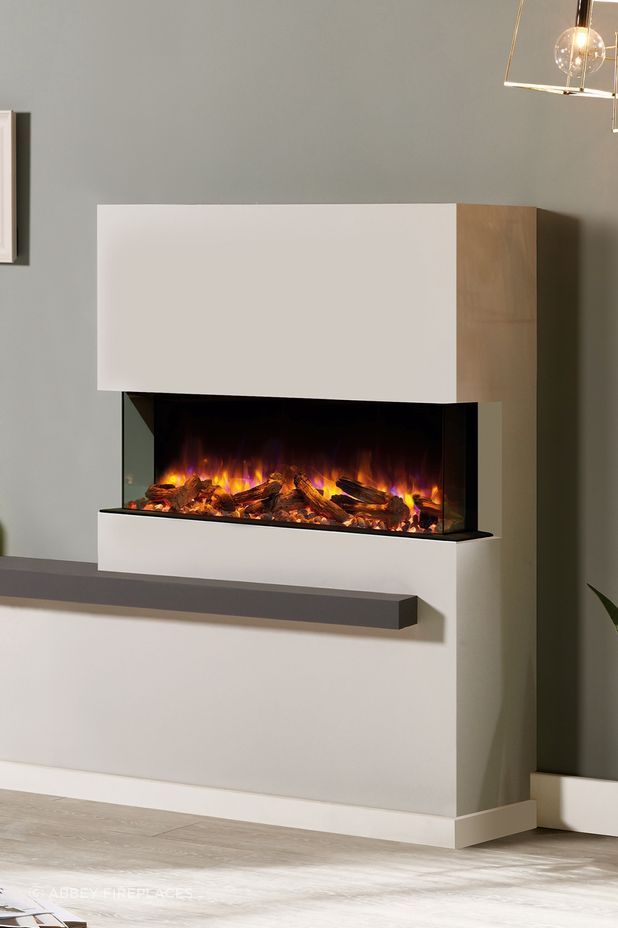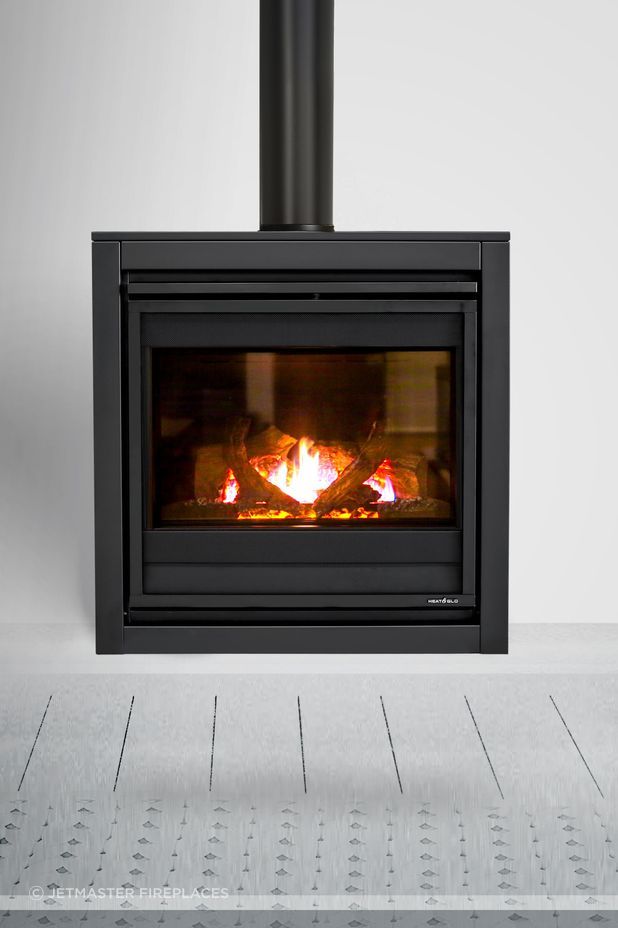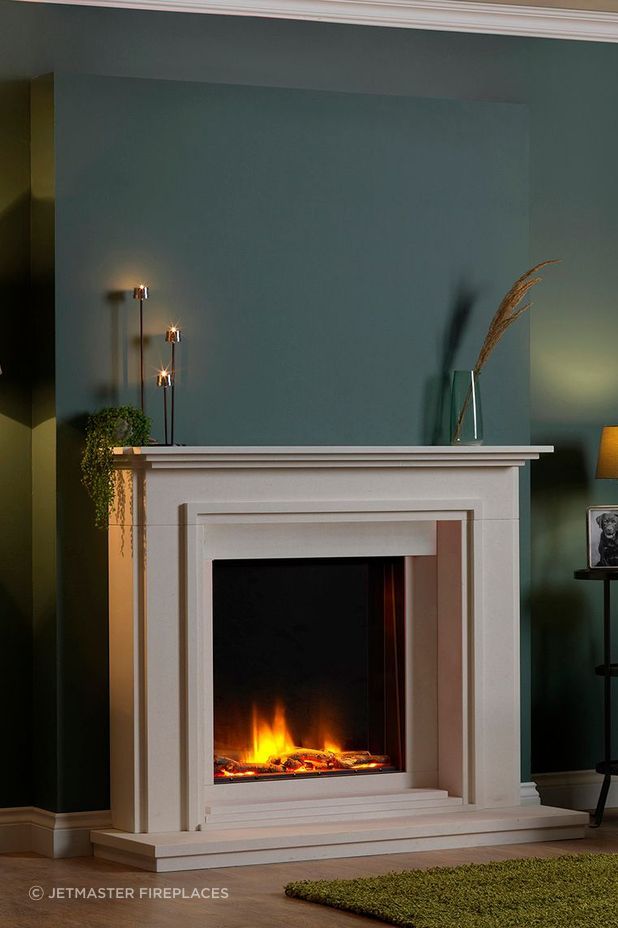Electric vs. gas fireplaces in Australia: points to consider

From energy efficiency to cost-effectiveness, there are plenty of functional aspects to take into account if you're considering an electric or gas fireplace. By understanding the functional and design facets of each option, you'll be equipped with the knowledge to select a fireplace that fits your specific requirements and enhances your home.
Ease and cost of installation
Installing a gas fireplace often requires hiring a professional technician specialising in installing gas appliances. You can expect to pay approximately $2000 - $3000 for the entire installation. The installation cost may be higher if a gas line needs to be installed.
With electric fireplaces, the installation process is more straightforward. If you purchase a standalone electric fireplace the installation process is a walk in the park, simply plug the unit in and you’re done. If you require a permanent in-wall electric fireplace then some framing and drywall work modification to an existing area may be required.
This ease of installation makes electric fireplaces a convenient option, especially for those who prefer a DIY approach.

On-going running and operational costs
Evaluating the upfront investment and ongoing operational costs associated with gas and electric fireplaces is important. Gas fireplaces often incur higher initial expenses due to professional installation requirements, such as potential gas line setup and home modifications.
However, gas fireplaces are known for their high heating capacity, making them effective at warming larger areas more efficiently than electric fireplaces. Keep this in mind if you're looking to heat a home with large open spaces.
Conversely, electric fireplaces, have lower installation costs, due to the DIY nature of their installation. They also have adjustable heat settings and programmable timers that allow for a good level of control over energy consumption and running costs. These features are particularly useful if you are heating a smaller space and only require the fireplace to be running at specific times of the day.
If you want to work out the approximate cost of running an electric fireplace, you can follow these steps:
- Know your electricity rate (c/kWh) from your bill.
- Check the power rating of the fireplace (W or kW).
- Estimate daily usage time.
- Multiply power consumption by usage time for daily energy consumption (kWh).
- Multiply energy consumption by the electricity rate for daily cost.

To work out the approximate cost of running a gas fireplace, you can follow these steps:
- Gas Rate: Note the gas rate (c/MJ) from your gas bill.
- Gas Consumption: Find the gas consumption rate of your fireplace (MJ/hr) in the product specifications or user manual.
- Usage Time: Estimate the daily hours you plan to use the gas fireplace.
- Calculation: Multiply the gas consumption rate by the daily usage time to get the daily gas consumption (MJ). Then, multiply this by the gas rate to determine the daily cost in cents.
It’s important to keep in mind that due to the variations in gas and electricity prices. It's advisable to check out current rates in your area for accurate running costs.
Maintenance
Both modern gas and electric fireplaces require relatively little maintenance. If you have a vented gas fireplace, try and clean the flue once a year to maintain optimal performance. For electric fireplaces, occasional dusting and cleaning of the glass surface are usually sufficient to keep them looking clean and well-maintained.
Safety
With some common sense, you can safely use a gas fireplace or electric fireplace. As we've mentioned, when you're getting a gas fireplace installed, it's best to have a professional do it, they can ensure the installation is carried out safely, and any local regulations are complied with.
For everyday use, ensure you don't store flammable items near the fireplace, and keep a close eye on any children or pets that get close to the fireplace. Gas fireplaces, in particular, can get extremely hot, so be careful. If you go for a gas fireplace, make sure you have a carbon monoxide detector fitted in your home, which will detect any leaks.

Sustainability and energy efficiency
Electric fireplaces and gas fireplaces have distinct characteristics when it comes to sustainability. Electric fireplaces are known for their high energy efficiency since they convert nearly all their energy into heat, minimising wastage. On the other hand, gas fireplaces can experience some heat loss through the chimney, making them relatively less efficient.
Electric fireplaces operate without combustion, which means they do not emit pollutants directly into the indoor or outdoor air. This can be advantageous regarding indoor air quality and reducing local air pollution.
Gas fireplaces, however, burn natural gas or propane, which results in the release of carbon dioxide (CO2) and other emissions. Although, keep in mind that most modern gas fireplaces are often equipped with venting systems to minimise pollution.
Which homes do electric fireplaces suit?
Apartments and small living spaces
Electric fireplaces are particularly well-suited for apartments and smaller living spaces. They require minimal installation and don't require venting or a chimney, making them a practical choice for limited space. Electric fireplaces can provide the desired supplemental heat in compact areas without requiring extensive modifications or infrastructure.
Homes without access to natural gas supply
In areas where a natural gas supply is unavailable or not easily accessible, electric fireplaces offer an excellent alternative. Since electric fireplaces operate solely on electricity, they can be installed and used in homes without needing a gas connection. This makes them a convenient option where gas infrastructure is limited.
Homes with a focus on aesthetics and convenience
Electric fireplaces are known for their versatility and aesthetic appeal. They come in various designs, including wall-mounted, freestanding, and insert models, allowing homeowners to select a style that complements their interior decor. Electric fireplaces also offer convenient features such as remote control operation and adjustable flame effects, enhancing the overall experience.

Which homes do gas fireplaces suit?
Open-plan contemporary homes
Gas fireplaces are a great fit for modern open-plan homes, where they blend functionality and contemporary design. These homes often feature spacious living areas that flow into dining and kitchen spaces, creating a cohesive and inviting environment. Gas fireplaces, with sleek and minimalist designs, can serve as stylish focal points in these homes.
Traditional and heritage homes
Gas fireplaces can elevate the charm and character of traditional and heritage homes, becoming focal points that complement their architectural style. These homes often boast classic features, such as ornate mantels and intricate detailing. Models with matching surrounds and mantels that exhibit fine craftsmanship can seamlessly integrate with the overall set-up of a room with a traditional design style.
Related article: What you need to know about renovating a heritage home

Spacious Homes
Gas fireplaces with heating capabilities are well-suited for larger homes, providing efficient and effective warmth throughout expansive spaces. Designed to generate and distribute heat efficiently, they are ideal for heating open-plan layouts, multiple rooms, or larger living areas. Generally, gas fireplaces have higher heating capacities than their electric counterparts, offering consistent warmth even in larger spaces.
Choosing the right fireplace for your home
As you can see, there are numerous factors to consider when choosing between an electric or gas fireplace for your home. The decision largely depends on the type of home you live in, your style preferences, and the specific requirements of your living space. By carefully evaluating aspects such as installation ease, cost-effectiveness, maintenance, safety, sustainability, and design aesthetics, you can make a well-informed choice that enhances the warmth and atmosphere of your living environment.
Related article: 25 different types of fireplaces: pros and cons in 2024
